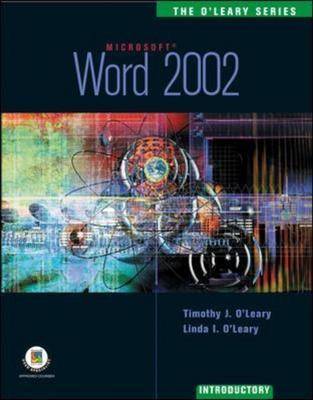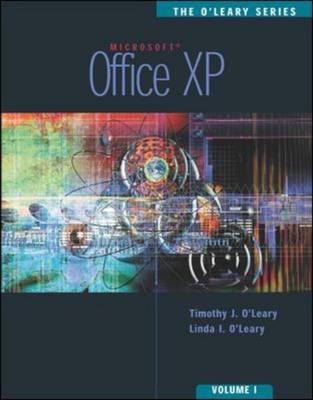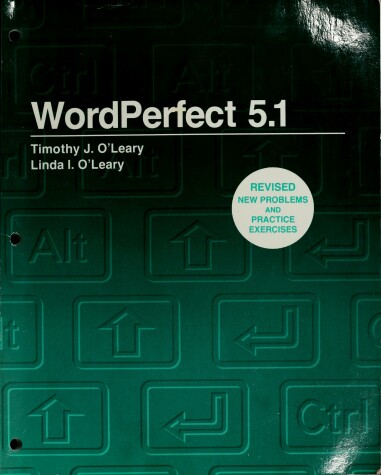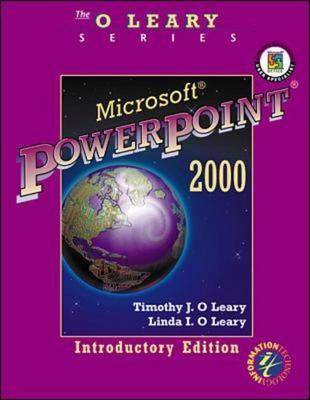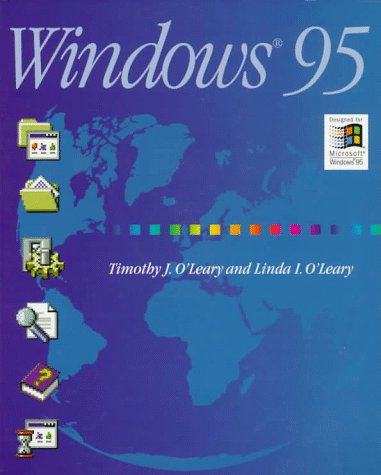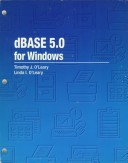O'Leary Lab Modules S.
18 total works
Microsoft Powerpoint 4.0 for Windows
by Timothy J O'Leary and Linda I O'Leary
Lab activities consist of detailed step-by-step instructions and screen displays to aid students in solving the case study problems. Each lab lesson builds on the previous lesson while the number of screen displays decrease and the instructions become less specific so students think about what they have learned, avoid rote learning and become proficient in the concepts and commands presented. This tutorial can be combined with any Lab Module in the O'Leary "Microcomputing Annual Edition System" and/or the "First Look" series and/or the "Introducing" series, to provide a package of texts to meet an instructor's specific course needs.
Each lab lesson builds on the previous lesson while the number of screen displays decrease and the instructions become less specific, so students think about what they have learned, avoid rote learning, and become proficient in the concepts and commands presented. This tutorial can be combined with any Lab Module in the O'Leary Microcomputing Annual Edition System and/or the First Look series and/or the Introducing series to provide a package of texts to meet an instructor's specific course needs.
EXCEL 4.0 for Windows
by Timothy J O'Leary, Linda I O'Leary, and Brian K Williams
